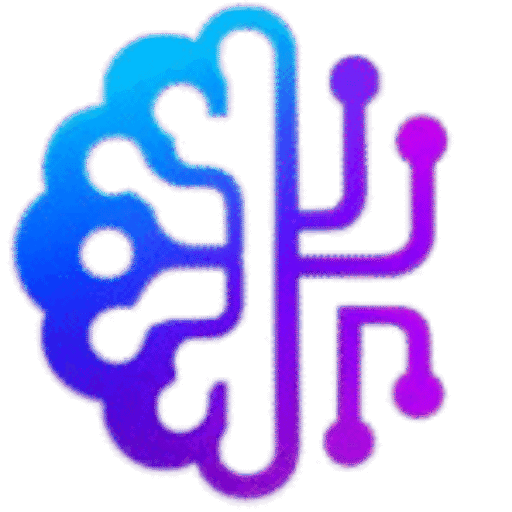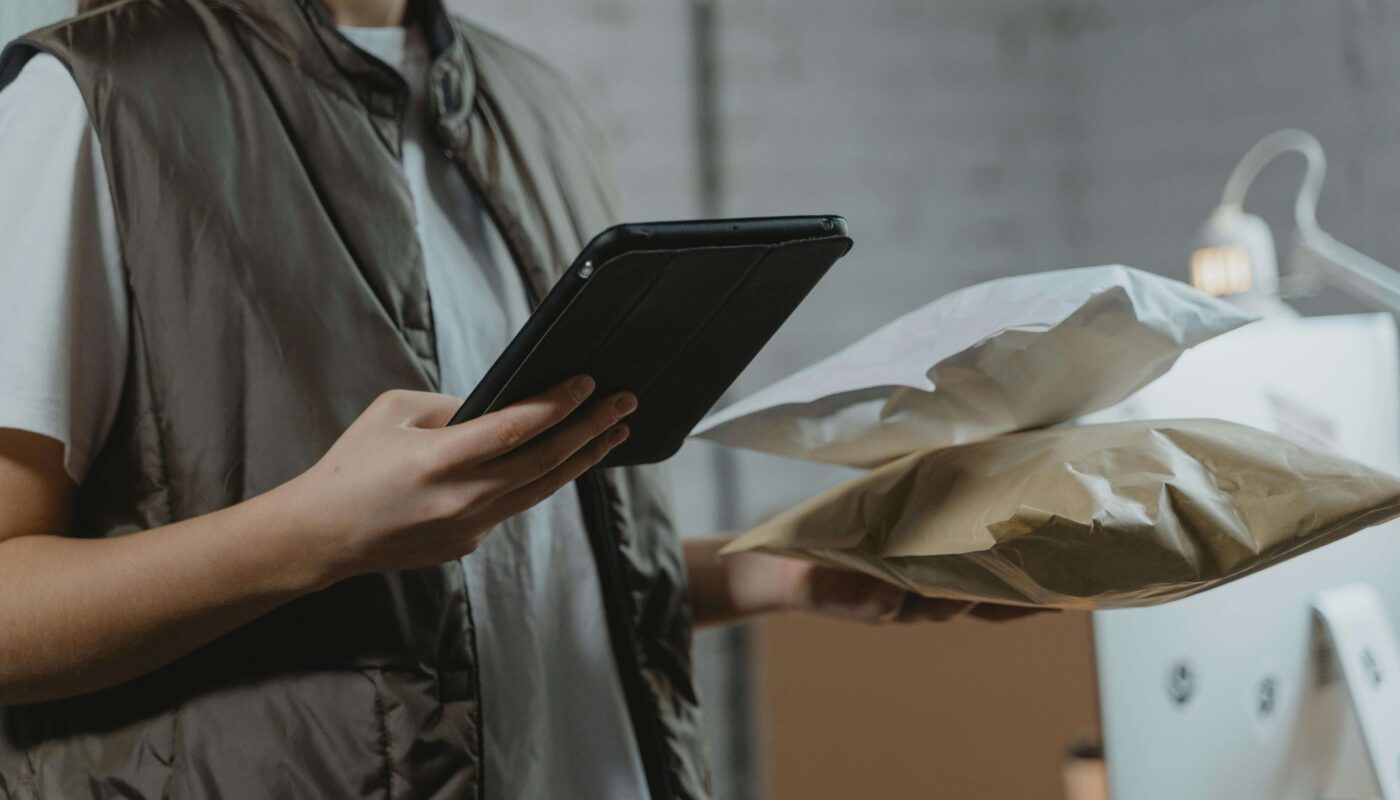Best AI Tools for Logistics & Delivery Platform Design
Introduction
In today’s fast-paced world, logistics and delivery platforms play a critical role in connecting businesses with customers. Whether it’s food delivery, e-commerce shipments, or warehouse automation, AI is completely reshaping how these platforms are designed and managed.
AI (Artificial Intelligence) helps designers and developers build smarter, faster, and more user-friendly platforms that not only streamline delivery operations but also enhance customer satisfaction.
In this blog, we’ll explore the best AI tools for logistics and delivery platform design—from route optimization to predictive analytics, UX design, and supply chain intelligence—everything a modern logistics app designer needs in 2025.
Why AI is Crucial in Logistics & Delivery Platform Design
Before diving into tools, let’s understand why AI is so important in this sector.
- Smart Route Optimization:
AI uses real-time traffic data and predictive algorithms to find the fastest, most fuel-efficient routes. - Improved Warehouse Operations:
With AI automation, inventory management becomes more accurate and efficient. - Predictive Delivery Estimates:
AI can forecast delivery times and delays using historical data and weather predictions. - Enhanced User Experience:
AI-driven design tools personalize interfaces for drivers, customers, and logistics managers. - Cost Reduction:
By optimizing resources, AI reduces delivery costs and improves profit margins.
Top AI Tools for Logistics & Delivery Platform Design
Let’s explore the top-performing AI tools every logistics app designer should consider.
1. Google Cloud AI
Best for: Route Optimization, Predictive Analytics, and Automation
Overview:
Google Cloud AI offers powerful APIs and AI models that help logistics platforms manage delivery predictions, real-time tracking, and demand forecasting. Designers can integrate it to visualize live routes and suggest faster alternatives for drivers.
Features:
- Real-time traffic analysis
- Predictive demand forecasting
- Warehouse inventory prediction
- API integration with delivery apps
Use Case Example:
Delivery platforms like FedEx and DHL use Google Cloud’s AI to manage millions of packages daily through predictive insights.
2. IBM Watson Studio
Best for: Data-Driven UX Design & Supply Chain Analytics
Overview:
IBM Watson allows developers and designers to create AI-driven dashboards, automate reporting, and use data visualization for better logistics decision-making.
Features:
- Visual analytics for supply chains
- Natural Language Processing (NLP) for chatbots
- Predictive delivery modeling
- Seamless API integration
Why Designers Love It:
Watson Studio makes it easy to interpret complex data visually, which helps design intuitive driver dashboards and admin control panels.
3. PTC ThingWorx
Best for: IoT Integration & Smart Delivery Networks
Overview:
ThingWorx is an AI + IoT platform that connects delivery vehicles, warehouses, and tracking systems. It’s ideal for logistics UX designers creating apps that need real-time sensor data.
Features:
- Real-time asset tracking
- Predictive maintenance alerts
- Route visualization dashboards
- Integration with mobile delivery apps
Example:
A logistics app designer can use ThingWorx to visualize a delivery truck’s performance and route status directly on a dashboard.
4. TensorFlow
Best for: Custom AI Models for Delivery Predictions
Overview:
TensorFlow is an open-source AI framework developed by Google. Designers and developers use it to build machine learning models that predict delivery delays, order volumes, or customer preferences.
Features:
- Open-source and customizable
- Supports predictive analytics
- Excellent for real-time AI applications
- Integration with Flutter or Android apps
Use Case:
Many logistics startups use TensorFlow to build custom models for ETA prediction, helping customers know exactly when their package will arrive.
5. Microsoft Azure AI
Best for: Cloud-Based AI Integration & Automation
Overview:
Azure AI provides intelligent APIs for image recognition, voice assistants, and data analytics—perfect for designing next-gen delivery apps.
Features:
- AI-powered chatbots for customer support
- Visual route mapping
- Predictive delivery automation
- Integration with Power BI for logistics insights
Example:
Designers can create an app that uses Azure’s AI Vision API to automatically detect damaged parcels using photo uploads.
6. RapidMiner
Best for: Predictive Delivery Data & Analytics
Overview:
RapidMiner helps logistics companies analyze historical delivery data and predict future trends. It’s great for designing dashboards that visualize operational performance.
Features:
- Drag-and-drop AI modeling
- Predictive analytics
- Data visualization for performance monitoring
- No-code AI workflow design
Why It’s Useful:
Designers can integrate predictive insights directly into the app’s backend, making it smarter without heavy coding.
7. NVIDIA Omniverse
Best for: Simulation & Digital Twin Design
Overview:
NVIDIA Omniverse allows designers to create virtual twins of delivery operations—simulating how delivery vehicles move, how warehouses operate, and how customers interact with the platform.
Features:
- 3D simulation environments
- Predictive logistics modeling
- Realistic design visualization
- Collaboration support for teams
Use Case:
A delivery platform can simulate warehouse workflows or delivery routes before launching the real app, reducing design errors.
8. Adobe Firefly (AI for Design)
Best for: UI/UX Design & Visual Elements
Overview:
Adobe Firefly brings generative AI into design, helping UI designers create app icons, layout mockups, and brand visuals for logistics apps faster than ever.
Features:
- AI-generated UI mockups
- Smart color suggestions
- Logo and asset creation
- Text-to-image design support
Why Use It:
It saves designers time and ensures visual consistency across web and mobile platforms.
9. DataRobot
Best for: Automated AI Model Deployment for Logistics
Overview:
DataRobot simplifies the process of deploying AI models for delivery optimization, demand forecasting, and risk analysis.
Features:
- AutoML (Automatic Machine Learning)
- Predictive maintenance alerts
- Delivery time optimization
- Integration with logistics APIs
Example:
If you’re building a delivery dashboard that predicts the next day’s order load, DataRobot can automate the entire process.
10. Zoho Analytics
Best for: Business Intelligence & Delivery Insights
Overview:
Zoho Analytics is an AI-driven data visualization tool that helps designers create interactive dashboards to monitor delivery status, customer satisfaction, and courier performance.
Features:
- AI-assisted data insights
- Custom visualization templates
- Delivery trend analysis
- Easy integration with apps and CRMs
Why It’s Great:
Designers can embed Zoho dashboards inside apps to give admins real-time logistics performance reports.
How to Choose the Right AI Tool for Your Logistics Platform
When selecting AI tools for logistics and delivery design, consider these key factors:
- Integration:
Choose AI tools that integrate easily with your app’s backend and APIs. - Scalability:
Pick platforms that can handle high volumes of data as your business grows. - Ease of Use:
Prefer no-code or low-code AI solutions like RapidMiner or DataRobot. - Visualization Capability:
Tools like Zoho Analytics and IBM Watson are great for data presentation and UX enhancement. - Cost Efficiency:
Evaluate the ROI and pricing structure of cloud AI services like Azure or Google Cloud.
The Future of AI in Logistics & Delivery Platform Design
The future of logistics lies in hyper-automation and predictive design. AI is evolving to handle:
- Autonomous delivery vehicles
- Drone route optimization
- AI chatbots for customer support
- Real-time tracking with augmented reality
Designers who embrace AI tools now will lead the next generation of intelligent, efficient logistics platforms.
Conclusion
AI isn’t just transforming how logistics systems operate—it’s redefining how delivery platforms are designed. From data visualization and predictive analytics to UI automation and simulation, the tools we covered empower designers to create faster, smarter, and more reliable delivery experiences.
Whether you’re building the next Uber Eats, DHL app, or local courier platform, these AI tools will help you design with intelligence, precision, and creativity.
Internal Linking Section
If you enjoyed learning about AI tools for logistics, check out our other related blogs:
- Best AI Tools for HR & Recruitment Products
- Best AI Tools for Social Networking App Designers
- Best AI Tools for Product Designers





